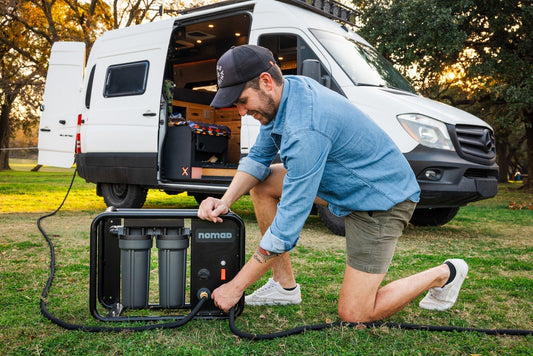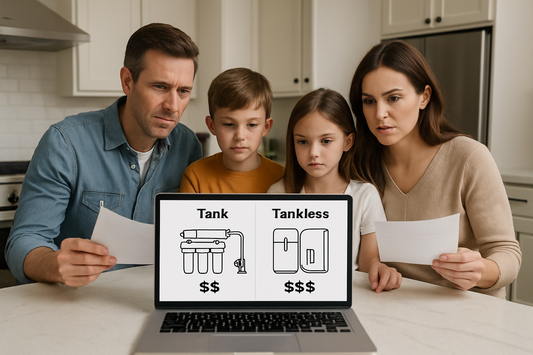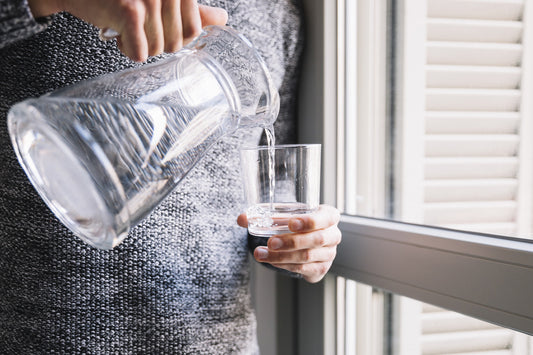Quick Answer: Tank-based reverse osmosis systems cost about half the price upfront ($200-400) compared to tankless systems ($400-800), but tankless systems typically save $100-200 annually in maintenance costs and water waste. For most homeowners, tankless systems provide better long-term value despite higher initial investment.
When choosing between tank and tankless reverse osmosis systems, the real cost extends far beyond the sticker price. While traditional tank-based systems appear more budget-friendly initially, the complete financial picture—including maintenance, water efficiency, and replacement parts—often favors modern tankless designs.
This comprehensive cost analysis helps you understand which best tankless reverse osmosis system offers the greatest value for your specific situation, covering everything from installation expenses to 10-year ownership costs.

Initial Investment Comparison
Tank-Based RO System Costs
Traditional tank systems range from $200-400 for basic models, with premium versions reaching $600. These systems include:
- Storage tank (3-5 gallon capacity)
- Multiple pre-filters and post-filters
- Pressure tank and booster pump
- Installation hardware
Tankless RO System Costs
Best tankless reverse osmosis system models typically cost $400-800, with high-end units reaching $1,200. The price includes:
- Compact filtration unit
- Advanced multi-stage filtering
- Digital monitoring features
- Quick-connect fittings
Cost Reality: While tankless systems cost 50-100% more upfront, this gap narrows significantly when factoring in long-term expenses.
Long-Term Maintenance Expenses
H3: Tank System Maintenance Costs
Annual maintenance for tank-based systems averages $150-250, including:
- Filter replacements: $80-120 annually
- Tank maintenance: $30-50 for cleaning and pressure checks
- Component repairs: $40-80 for fittings, valves, and tubing
Tank systems have more components that can fail, leading to higher repair frequency and costs over time.
Tankless System Maintenance Costs
Tankless systems average $100-150 in annual maintenance:
- Filter replacements: $60-100 annually
- System cleaning: $20-30 for descaling
- Minimal repairs: $20-50 for occasional component replacement
The simplified design means fewer parts to maintain, replace, or repair.
Water Efficiency Impact on Costs
Water Waste Comparison
This is where tank vs tankless reverse osmosis systems show dramatic differences:
Tank Systems:
- Waste ratio: 1:3 to 1:4 (1 gallon pure to 3-4 gallons waste)
- Annual water waste: 3,000-4,000 gallons for average family
- Added water bill cost: $40-80 annually

Image by hryshchyshen
Tankless Systems:
- Waste ratio: 1:1 to 1:2 (1 gallon pure to 1-2 gallons waste)
- Annual water waste: 1,000-2,000 gallons for average family
- Added water bill cost: $15-35 annually
Annual Savings: Tankless systems save $25-45 yearly in water costs alone.
Space and Installation Considerations
Space Requirements and Costs
Tank Systems:
- Require 12-18 inches of vertical space for storage tank
- May need professional plumbing modifications: $100-200
- Limited installation flexibility
Tankless Systems:
- Compact design fits in 6-8 inches of space
- Easier DIY installation saves $150-300 in labor
- More installation location options
Featured System Recommendations
For homeowners seeking the best tankless reverse osmosis system value, consider the Crystal Quest Countertop RO System. This compact unit eliminates installation costs while providing tankless efficiency benefits.
Alternatively, traditional options like the Pentair Pelican countertop systems remain popular, though availability varies. Many customers transition to Crystal Quest when seeking consistent product availability and modern features.
Browse our complete selection of reverse osmosis systems to compare options across all price ranges.
10-Year Cost Comparison
H3: Total Ownership Analysis
Tank-Based RO System (10 years):
- Initial cost: $300
- Maintenance/filters: $2,000
- Water waste costs: $500
- Total: $2,800
Tankless RO System (10 years):
- Initial cost: $600
- Maintenance/filters: $1,300
- Water waste costs: $250
- Total: $2,150
Result: Tankless systems save approximately $650 over 10 years despite higher upfront costs.
When Each System Makes Sense
Choose Tank-Based If:
- Initial budget is under $300
- No electrical outlet available under sink
- Infrequent water usage patterns
- Comfortable with regular maintenance
Choose Tankless If:
- Long-term value is priority
- Limited under-sink space
- Consistent daily water usage
- Preference for modern convenience features

Image by beststudio
Frequently Asked Questions
Q: Which system has lower maintenance costs? Tankless systems cost $50-100 less annually to maintain due to fewer components and simplified filter replacement processes.
Q: Do tankless RO systems really save money on water bills? Yes, tankless systems can save $25-45 yearly by reducing water waste from 3-4 gallons per gallon produced down to 1-2 gallons waste per gallon produced.
Q: What's the break-even point for tankless vs tank systems? Most homeowners break even on the higher tankless investment within 3-4 years through reduced maintenance and water costs.
Q: Are there hidden costs with either system type? Tank systems may require pressure tank replacement ($50-80) every 5-7 years. Tankless systems occasionally need descaling treatments ($15-25 annually) in hard water areas.
Making Your Decision
The tank vs tankless reverse osmosis decision ultimately depends on your priorities. Tank systems work well for budget-conscious buyers who don't mind regular maintenance, while tankless systems provide superior long-term value for homeowners prioritizing convenience and efficiency.
Consider your household's water usage patterns, available space, and maintenance preferences when making this important investment in your family's water quality.





